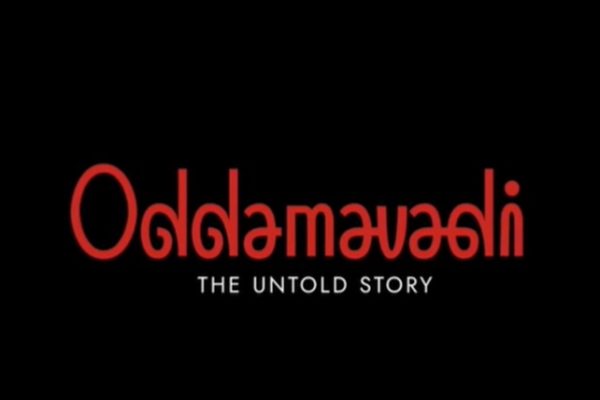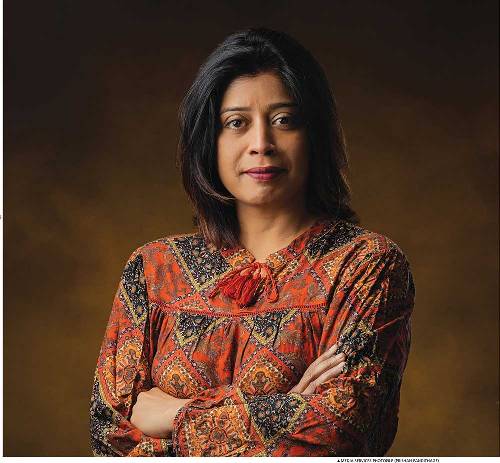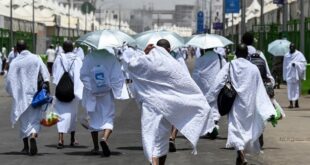
So Osama bin Laden was living in a specially built villa in Pakistan. I wonder where he got the money to buy it? Cashed in his Saudi 401(k)? A Pakistani subprime mortgage, perhaps? No. I suspect we will find that it all came from the same place most of Al Qaeda’s funds come from: some combination of private Saudi donations spent under the watchful eye of the Pakistani Army.
Why should we care? Because this is the heart of the matter; that’s why. It was both just and strategically vital that we killed Bin Laden, who inspired 9/11. I just wish it were as easy to eliminate the two bad bargains that really made that attack possible, funded it and provided the key plotters and foot soldiers who carried it out. We are talking about the ruling bargains in Saudi Arabia and Pakistan, which are alive and well.
The Saudi ruling bargain is an old partnership between the al-Saud tribe and the Wahabi religious sect. The al-Saud tribe gets to stay in power and live however they want behind their palace walls, and, in return, the followers of the Wahabi sect get to control the country’s religious mores, mosques and education system.
The Wahabis bless the Saudi regime with legitimacy in the absence of any election, and the regime blesses them with money and a free hand on religion. The only downside is that this system ensures a steady supply of “sitting around guys” — young Saudi males who have nothing other than religious education and no skills to compete — who then get recruited to become 9/11-style hijackers and suicide bombers in Iraq.
No one explains it better than Saudi writer Mai Yamani, author of Cradle of Islam and the daughter of Saudi Arabia’s former oil minister. “Despite the decade of the West’s war on terror and Saudi Arabia’s long-term alliance with the United States, the kingdom’s Wahabi religious establishment has continued to bankroll Islamic extremist ideologies around the world”, wrote Yamani in the Daily Star of Beirut, Lebanon, this week.
“Bin Laden, born, raised and educated in Saudi Arabia, is a product of this pervasive ideology”, Yamani added. “He was no religious innovator; he was a product of Wahabism, and later was exported by the Wahabi regime as a jihadist. During the 1980s, Saudi Arabia spent some $75 billion for the propagation of Wahabism, funding schools, mosques, and charities throughout the Islamic world, from Pakistan to Afghanistan, Yemen, Algeria and beyond… Not surprisingly, the creation of a transnational Islamic political movement, boosted by thousands of underground jihadist websites, has blown back into the kingdom. Like the hijackers of 9/11, who were also Saudi-Wahabi ideological exports… Saudi Arabia’s reserve army of potential terrorists remains, because the Wahabi factory of fanatical ideas remains intact. So the real battle has not been with Bin Laden, but with that Saudi state-supported ideology factory”.
Ditto Pakistan. The Pakistani ruling bargain is set by the Pakistani Army and says: “We let you civilians pretend to rule, but we will actually call all the key shots, we will consume nearly 25 per cent of the state budget and we will justify all of this as necessary for Pakistan to confront its real security challenge: India and its occupation of Kashmir. Looking for Bin Laden became a side-business for Pakistan’s military to generate US aid.
As Al Qaeda expert Lawrence Wright observed in the New Yorker this week: Pakistan’s Army and intelligence service “were in the looking-for-Bin-Laden business, and if they found him they’d be out of business”. Since 9/11, Wright added, “the US had given $11 billion to Pakistan, the bulk of it in military aid, much of which was misappropriated to buy weapons to defend against India”.
(President Hamid Karzai in Afghanistan plays the same game. He’s in the looking-for-stability-in-Afghanistan business. And as long as we keep paying him, he’ll keep looking.)
What both countries need is shock therapy. For Pakistan, that would mean America converting the lion’s share of its military aid to K-12 education programmes, while also reducing the US footprint in Afghanistan. Together, the message would be that we’re ready to help Pakistan fight its real enemies and ours — ignorance, illiteracy, corrupt elites and religious obscurantism — but we have no interest in being dupes for the nonsense that Pakistan is threatened by India and therefore needs “strategic depth” in Afghanistan and allies among the Taliban.
Ditto Saudi Arabia. We are in a ménage à trois with the al-Sauds and the Wahabis. We provide the al-Sauds security, and they provide us oil. The Wahabis provide the al-Sauds with legitimacy and the al-Sauds provide them with money (from us). It works really well for the al-Sauds, but not too well for us. The only way out is a new US energy policy, which neither party is proposing.
Hence, my conclusion: We are surely safer with Bin Laden dead, but no one will be safe — certainly not the many moderate Muslims in Saudi Arabia and Pakistan who deserve a decent future — without different ruling bargains in Islamabad and Riyadh.
Source: New York Times
Like this:
Like Loading...
Post Disclaimer | Support Us
Support Us
The sailanmuslim.com web site entirely supported by individual donors and well wishers. If you regularly visit this site and wish to show your appreciation, or if you wish to see further development of sailanmuslim.com, please donate us
IMPORTANT : All content hosted on sailanmuslim.com is solely for non-commercial purposes and with the permission of original copyright holders. Any other use of the hosted content, such as for financial gain, requires express approval from the copyright owners.
 So Osama bin Laden was living in a specially built villa in Pakistan. I wonder where he got the money to buy it? Cashed in his Saudi 401(k)? A Pakistani subprime mortgage, perhaps? No. I suspect we will find that it all came from the same place most of Al Qaeda’s funds come from: some combination of private Saudi donations spent under the watchful eye of the Pakistani Army.
So Osama bin Laden was living in a specially built villa in Pakistan. I wonder where he got the money to buy it? Cashed in his Saudi 401(k)? A Pakistani subprime mortgage, perhaps? No. I suspect we will find that it all came from the same place most of Al Qaeda’s funds come from: some combination of private Saudi donations spent under the watchful eye of the Pakistani Army. Sri lanka Muslims Web Portal Diversity and Inclusiveness – Sri Lanka Muslims
Sri lanka Muslims Web Portal Diversity and Inclusiveness – Sri Lanka Muslims



